-
Learning the Basics of VMware Horizon 7.12 – Part 7 – Windows Server 2019 Master Image
[Updated 4-Sep-2021]
With the Connection Server installed and configured, it is time to build master images. The second image is Windows Server 2019. For this article, I used Windows Server 2019 Standard Edition.
Note: Every person has their opinion on how a master image is built, optimized, and delivered to users. There are also different opinions on when the master image should join the AD domain, what OU the image should reside in, and what GPOs (if any) should be applied to the OU and master image. I am using the minimum number of options and steps so I can build and test quickly. You should follow the processes required for your environment. Never blindly take the information from any website, article, or blog as gospel. You should always follow the policies, processes, and procedures required for your environment. Your users, applications, and requirements are unique to your environment. Therefore, you should always lab, test, and learn BEFORE you put anything into production.
In vCenter, create a new VM using Microsoft Windows Server 2016 or later (64-bit). Use the following options.
For CPU and Memory, use what works for your environment. For me, I used 4 CPU and 8 GB of RAM.
The hard disk controller must be SCSI.
If you have the options, remove any floppy drive and serial ports.
Make sure the hard disk is Thin Provisioned, as shown in Figure 1. I used the default size of 40 GB.
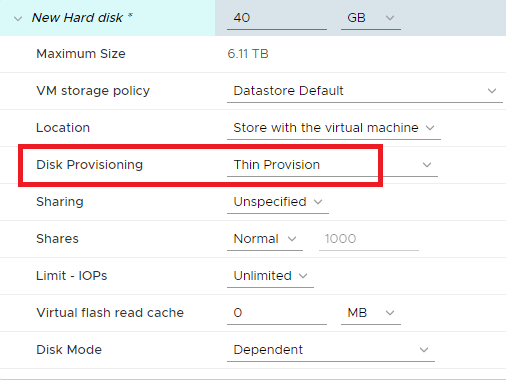
Figure 1 For the network card, select the correct network, verify Connect At Power On is selected, Adapter Type must be vmxnet3, and deselect DirectPath I/O, as shown in Figure 2.
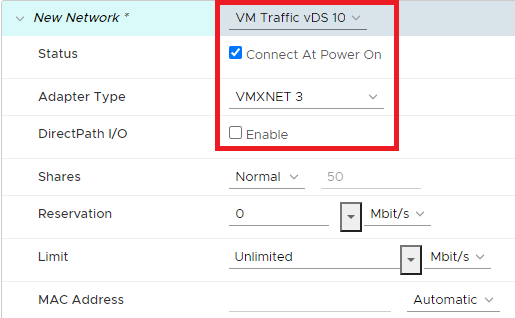
Figure 2 Once the VM build is complete, make sure Power Management is disabled for the NIC, as shown in Figure 3.
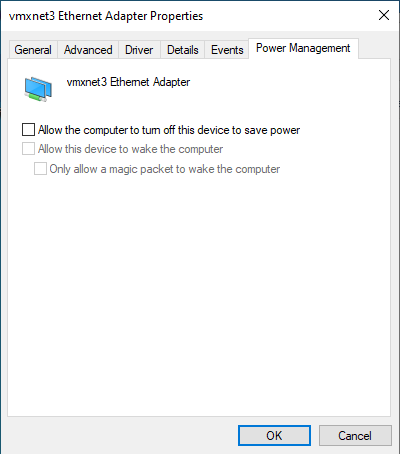
Figure 3 Make sure Receive Side Scaling is Enabled, as shown in Figure 4.
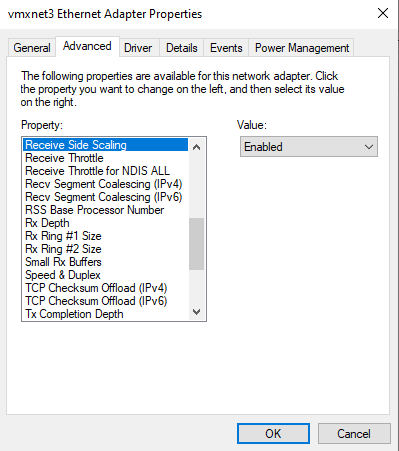
Figure 4 Give the computer a name, join the AD domain, and restart the VM.
Copy the Horizon Agent installer to the VM.
Virtual Server 2019 Agent Install
Right-click the Agent installer and select Run as administrator, as shown in Figure 5.

Figure 5 If UAC is enabled, click Yes.
Click Next, as shown in Figure 6.
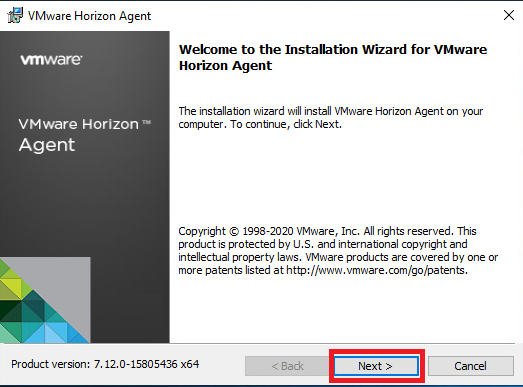
Figure 6 Select I accept the terms in the license agreement and click Next, as shown in Figure 7.
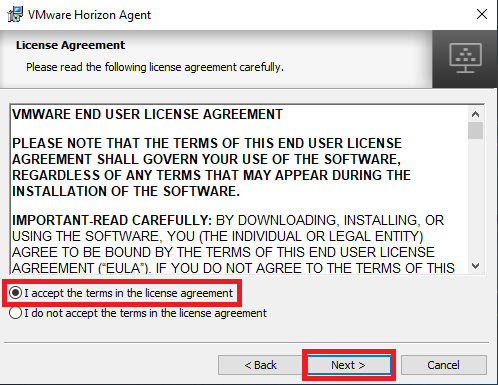
Figure 7 Select RDS Mode and click Next, as shown in Figure 8.
Note: Desktop Mode is called Server VDI mode and is needed when you have an application that allows only one user access at a time and requires a server OS.
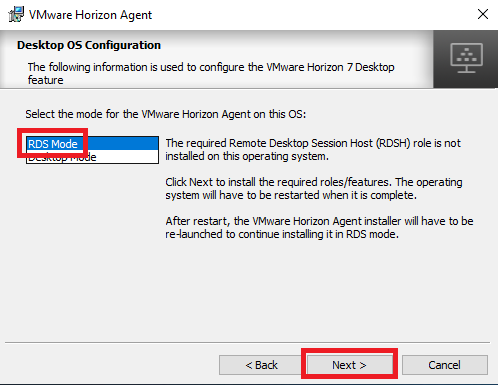
Figure 8 Click OK to start the installation of the RDS Role, as shown in Figure 9.
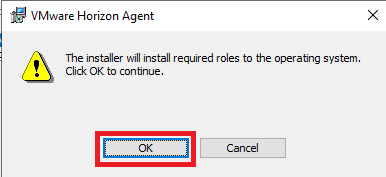
Figure 9 When the installation of the RDS Role completes, click Next, as shown in Figure 10.
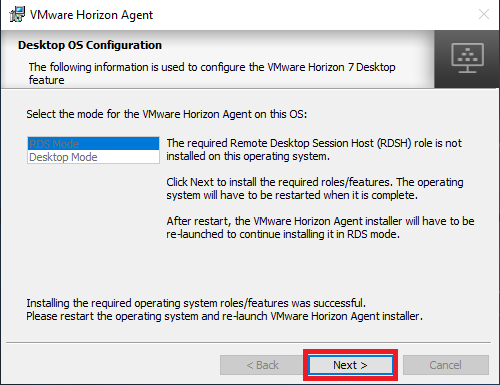
Figure 10 Click Finish, as shown in Figure 11.
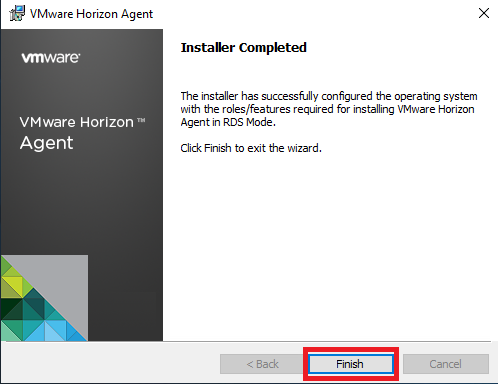
Figure 11 Click Yes to restart the server, as shown in Figure 12.
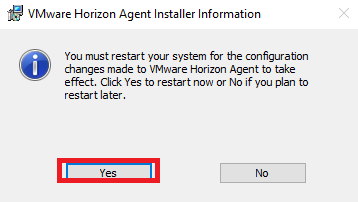
Figure 12 After the server restarts, log in and restart the Agent installation, as shown in Figures 5 and 6.
Click Next, as shown in Figure 13.
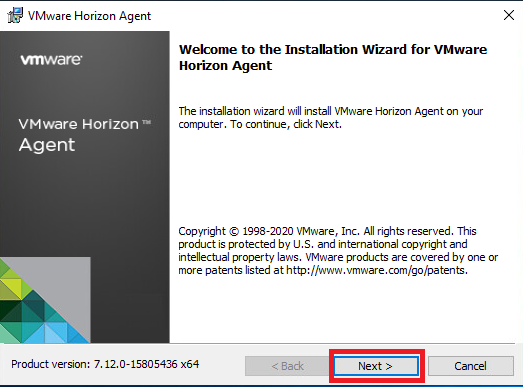
Figure 13 Select I accept the terms in the license agreement and click Next, as shown in Figure 14.
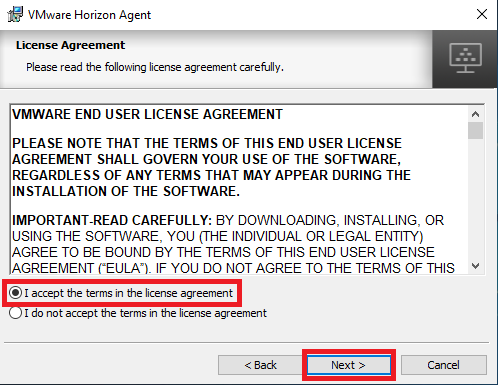
Figure 14 Select IPv4 and click Next, as shown in Figure 15.
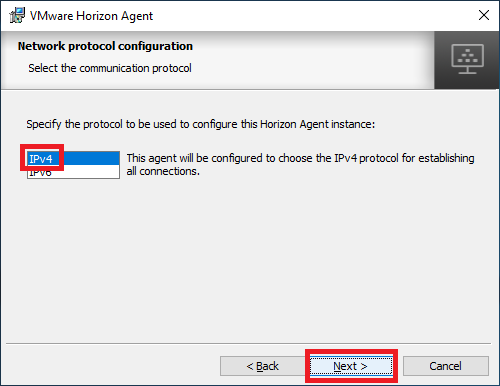
Figure 15 Click on VMware Horizon Instant Clone and select This feature, and all subfeatures, will be installed on local hard drive, as shown in Figure 16.
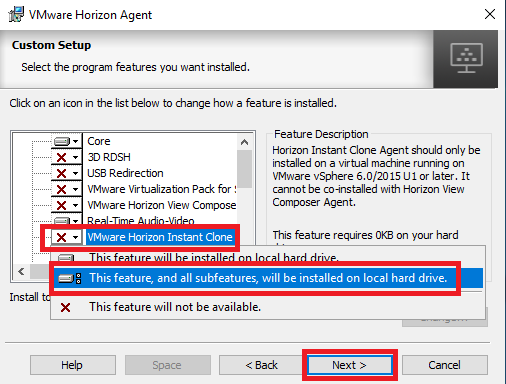
Figure 16 Click Next, as shown in Figure 17.
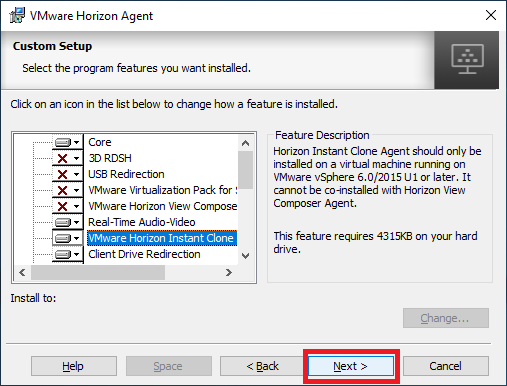
Figure 17 Click Install, as shown in Figure 18.
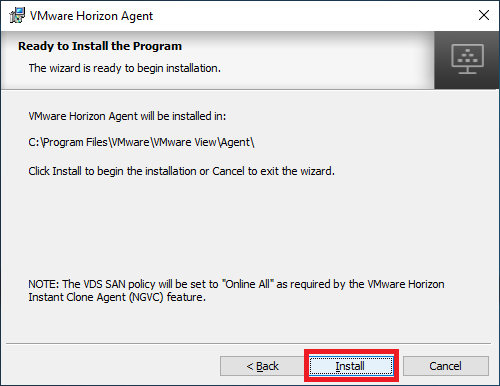
Figure 18 The Agent installs.
Click Finish, as shown in Figure 19.
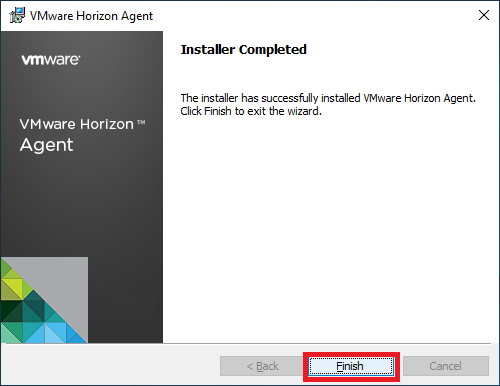
Figure 19 Click Yes to restart the Server 2019 VM, as shown in Figure 20.
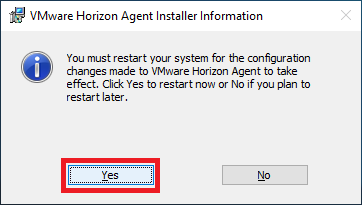
Figure 20 After the VM restarts, verify the CD/DVD drive 1 is set to Client Device, as shown in Figure 21.
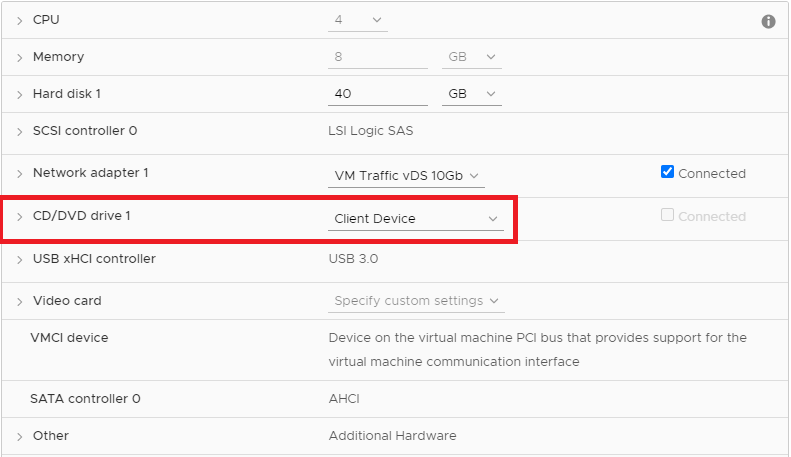
Figure 21 Shut down the VM and take a snapshot, as shown in Figure 22. Make sure to give the snapshot a useful Name.
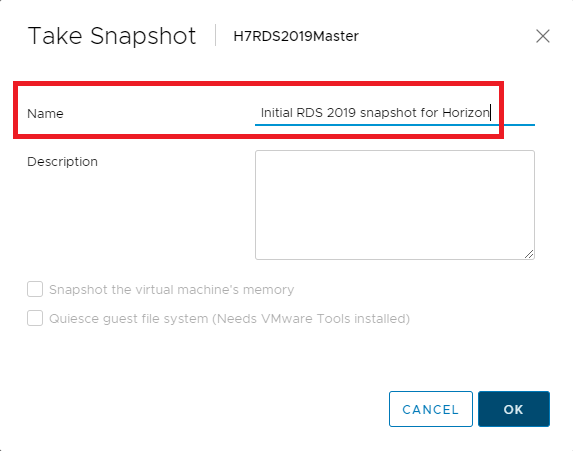
Figure 22 Up next: The physical PC.






June 9, 2020
Blog, VMware